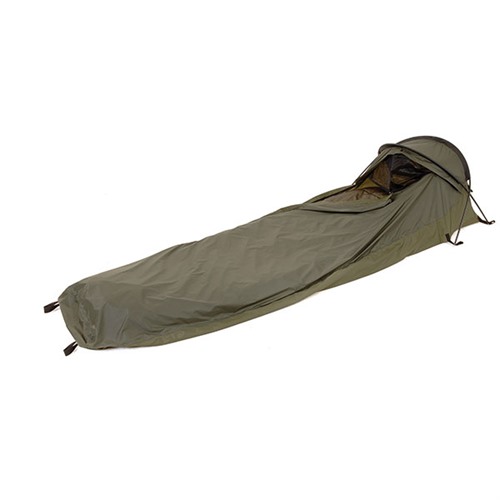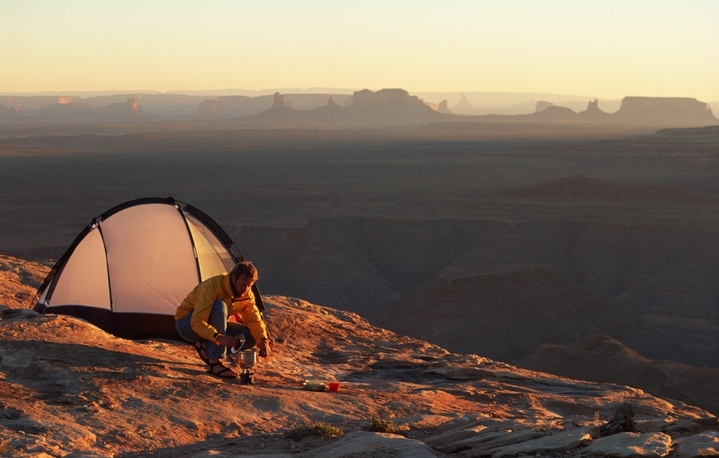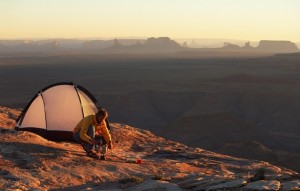Best Tents for Survival
Snugpak Stratosphere 1-Person Tent
Snugpak Stratosphere 1-Person Tent is the best and the lightest one-person tent you can find!
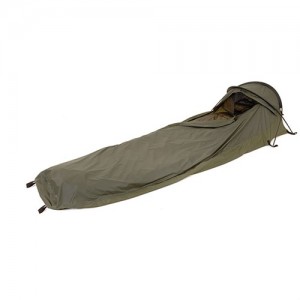
MUCH SMALLER than a standard tent but with all the features, supplied with seven ultralight alloy Y type stakes/pegs and packs into its own compression sack.
Ultra compact 1 person shelter
Fabric – Top; 50D Nylon Ripstop with 5000mm waterproof polyurethane coating
Fabric – Bottom; 210T Nylon with 8000mm waterproof polyurethane coating
Zip; Full Length side Zip
All seams are taped sealed
Stands up to severe weather
Makes sure you stay dry
Poles; Aluminum with Screw Lock Tips
Small pack size: Dimensions: 90” x 37” x 42”
Weight: 39oz (Including Poles, Pegs and Compression Sack)
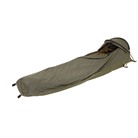 |
Snugpak Stratosphere 1-Person Tent |
Snugpak Bunker 3-Person Tent
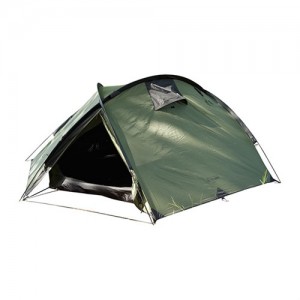
The Bunker™ by Snugpak® is built and designed for long term hard use. With it’s 5000mm PU Coated Fly it can handle large amounts of rain as well as surpasses many other tent manufacturers with a much less superior fabric. The Bunker™ has two doors and two vents as well as all types of extras like internal mesh pockets, No-See-Um-Mesh, all seams are seam taped and much more. The Bunker™ is a Fly First pitch type tent, which allows the users to quickly set up the fly and seek shelter from the elements.
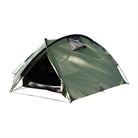 |
Snugpak Bunker 3-Person Tent |
Coleman Hooligan 4 Tent – Shelter for the Group
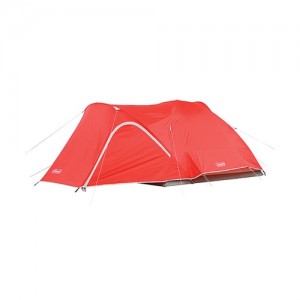
4 person Coleman Hooligan tent. Your entire hiking group will sleep protected from the weather inside a Coleman® Hooligan™ 4 Tent with full rainfly. The lightweight, two-pole design is easy to carry and easy to set up. The three-season tent is designed for most conditions—mild to harsh—backpackers are sure to encounter. A fully-covered vestibule helps keep the inside of the tent clean by allowing for dry entry and blocking the wind around the door. When the weather is warm, take the rainfly off to enjoy the incredible ventilation from the mesh inner tent. Insta-Clip™ Pole Attachments stand up to high wind and the WeatherTec™ System’s patented welded floors and inverted protected seams help ensure you stay dry. The snag-free, continuous pole sleeves mean you only have to feed the poles once—reducing setup time to just 10 minutes. The 9 ft. x 7 ft. (2.74 m x 2.13 m) floor is large enough to fit four people.
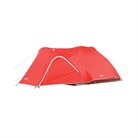 |
Coleman Hooligan 4 Tent |
Emergency Shelter Tent
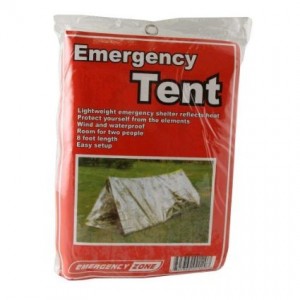
This emergency tent is only for use when you have no choice. Put it in your car, in a pocket of your ski jacket, in backpack, everywhere. This tent is cheap and compact but can save life.
The Emergency Tent is a lightweight and compact emergency shelter. It is wind and waterproof and easy to set up. It is 8 feet long and roomy enough for two people.

